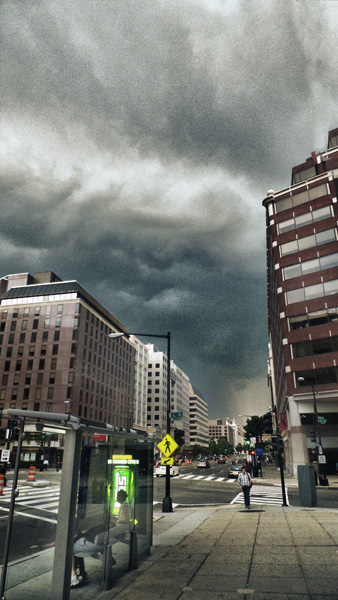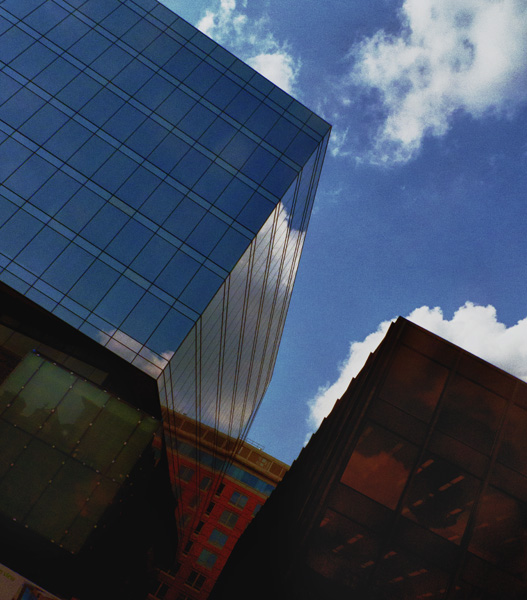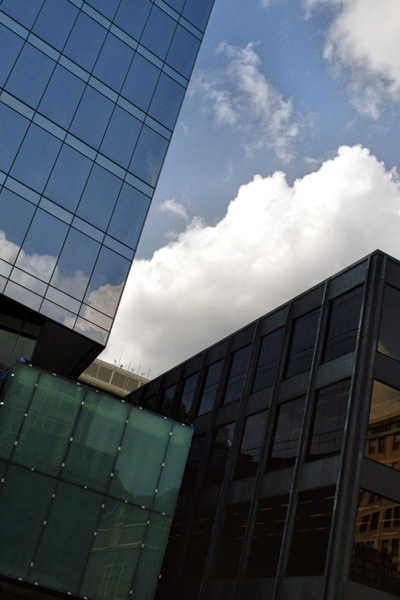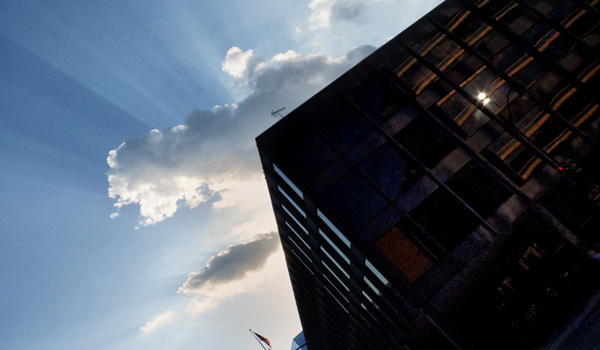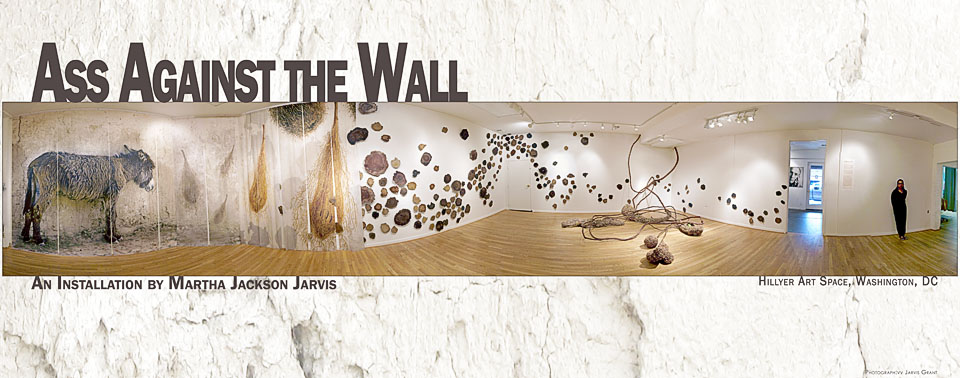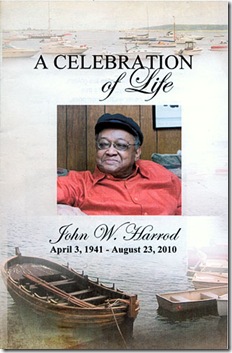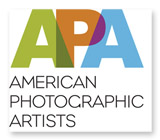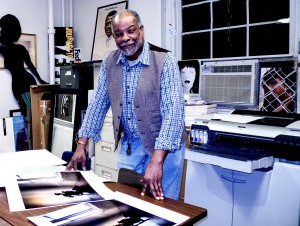
Printing photographs in the Museum Studies workshop space at the Ellington School of the Arts Photo Credit: Marta Reid Stewart
Well, the new year of 2014 started out with a lot happening. One of the major projects I had was to build on the work in my Dream Chamber series. Last year finished with a bang as I completed the first phase of my portrait project, Citizens We. That project began fairly smoothly, and then it seemed to come to a standstill. Then at the end of the summer, funding came through. Now I’m thinking the process will get going but instead a couple of major obstacles began to pop up. Yet, in the end the project took on a new direction and ended very well, with a new outlook and possibilities. Man, what a ride that was.
During my last photo session for Citizens We I photographed a neighbor of mine , Daisy Hannah. I used her portrait on the back cover of the book. She had questioned about why I made a black & white image. I gave her a response, but I felt she would like a color version of her image. So I revisited her photographs. Just for fun I decided to work on another shot from our session. I really didn’t do anything with the new image. Pretty straight forward stuff, but then she wanted a set of all the images from the photo shot. So instead of giving her a set of small JPEG image files, I compiled a PDF slideshow. I thought that would be more useful to her.
When I was done, I thought I’d design a nice artsy cover for the slideshow. Nik Software had just updated the Nik Collection with a new filter, Analog Efex Pro. So, I thought I would do a quick “One Click WOW” while playing with that new filter. It was fun, but I wondered “What would that color image of Daisy look like with a little more work?” During the process I came up with some interesting stuff. But in the end, I thought the image needed more “mystery”. That’s my way of telling myself to start over. In doing so I concentrated on the essentials, Light & Color. Things were going well, but I still needed that mysterious element. I thought of the Dream Chamber images. Do I put a Moon or clouds in the room with Daisy? That didn’t seem right. I wanted an incongruous, yet simple, Earth element. And then, it came to me, Water.
That image was just what I needed to push that series pass the sky elements I had been using. I began to see what the other images of the series could look like. I had an exhibit coming up and I showed the curator Eric Walton, those images in my Bēhance portfolio, and he choose four, for the exhibit, Life Through a Lens, at the Walton Gallery in Petersburg, VA. I really find it amazing that Citizens We portrait project has fed the Dream Chamber series. It should be a fascinating year of image making.


